The FTP Extension connects the All-in-One WordPress Migration Plugin to your FTP server. This means you can directly import and export your website/network of sites from your FTP storage to your website. There are numerous options for storing .wpress files for backup and migration.
For the extension to function, you must install the All-in-One WP Migration plugin.
Once you successfully install and activate the extension, the FTP settings appear in the All-in-One WP Migration plugin’s dropdown:
For more information on installing the tool, go to: https://help.servmask.com/knowledgebase/install-instructions-for-ftp-extension/
This tutorial contains details of:
- Available FTP settings
- Export using FTP Extension
- Import using FTP Extension
1. FTP Extension Settings
After installing and successfully activating the extension, the FTP settings page appears in the All-in-One WP Migration plugin’s list of pages:
When you click on FTP settings, you will be taken to the settings page. To enable the extension to connect to your account, you will be prompted to enter your FTP connection information. You will be unable to use the extension unless you connect it to your account from this page.
Once connected, the settings page will display the available settings for you to manage:
You can specify a time range for periodic automated backups of your website using one of the following options: “Every hour,” “Every day,” “Every week,” or “Every month.” Notification of backup completion can be sent to an e-mail address specified in the “Notification Settings.”
You can specify the number of recent backups that you want to keep on your FTP storage, as well as the total size of backups that you want to keep on your server, which is a very useful option if you have limited space.
After you have chosen your options, click the “Update” button to save them.
The transfer setting allows you to increase your upload and download speeds on both Import to and Export from when migrating sites to your preferred WordPress sites by switching from slow to fast internet.
2. Export Using FTP Extension
The FTP Extension export process is started by selecting the Export option in the All-in-One WP Migration plugin menu:
Before you begin the export, on the Export page, there are some additional backup settings you can use:
You can have text from your current site replaced in your backup by using the Find and Replace fields. Please keep in mind that this change may affect your site user access details, so be cautious of what you replace.
There are options to exclude certain items from your backup, such as spam comments, themes, inactive plugins, cache, and so on.
You can also protect your backup with a password for more security. Be sure to store your password securely so you don’t permanently lock out your backup.
Choose FTP from the export dropdown menu to begin the export:
When you select one of the options, in this case FTP, the export process begins, and you will see the following steps:
Once you successfully create and upload the export to your cloud, you should see the following message:
The extension creates a folder called “[your-wordpress-site-name]-wordpress” on your FTP server. This folder contains all of the archives created by the All-in-One WP Migration plugin.
3. Import Using FTP Extension
The import procedure begins by selecting the Import option from the All-in-One WP Migration plugin menu:
When you select this option, a new window titled Import appears, and you can select options from the dropdown menu to import a backup from:
When you select FTP, a window will appear with a list of your connected cloud files and folders. Choose the backup to import and click the Import button. This will initiate the import procedure:
There is an additional step in the import that warns you that the new backup will overwrite your website, including the database, media, plugins, and themes. This is the final point at which you can cancel the process. You cannot halt the import process after pressing “Proceed”:
When finished, a successful import will show the following message:


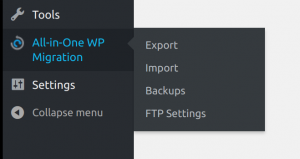

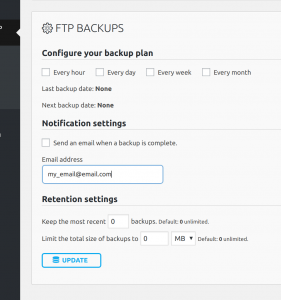


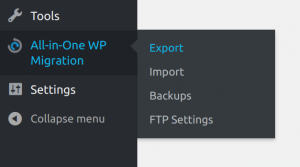
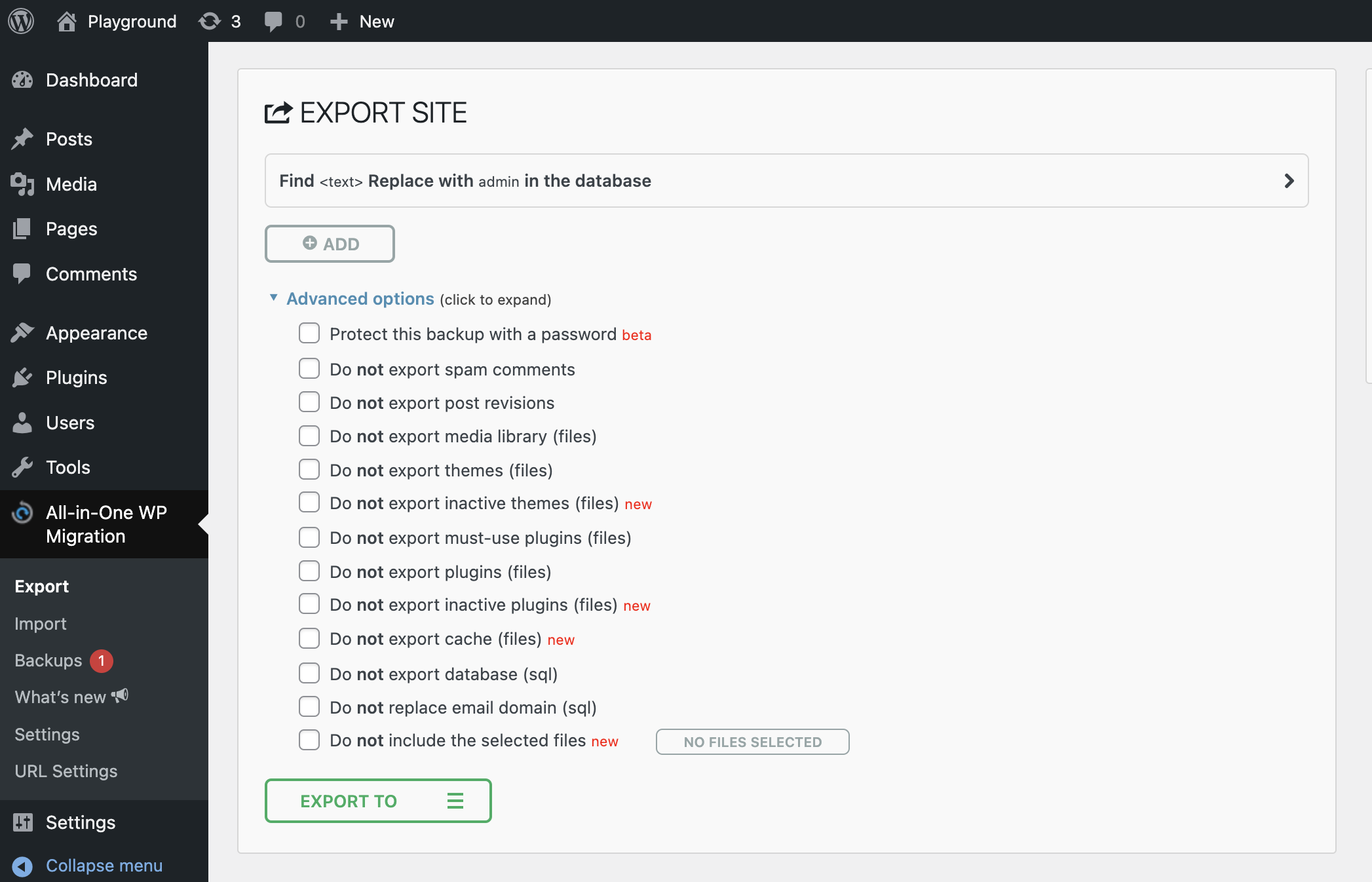

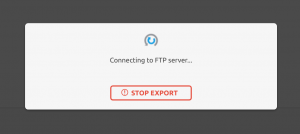

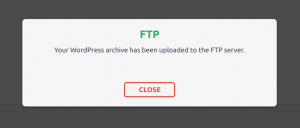

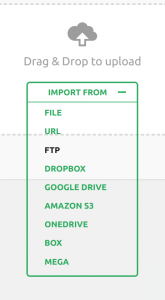
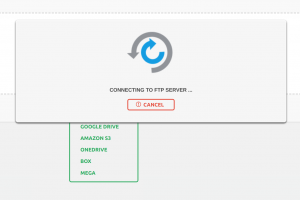
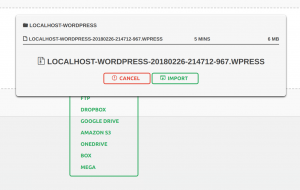


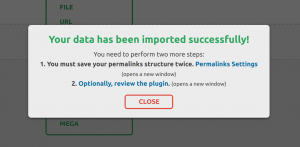
I store my backups on GoDaddy from my host HostGator. I didm’t see anything in the documentation for doing that as you only put in one host name, user, & Password. Please tell me how I can do what I want to do.
Hello,
Thank you for your question.
You can login to your FTP via our extension with
FTP Host/Address: (site IP address or domain name)
FTP User: (cPanel/FTP username)
FTP Password: (cPanel/FTP password)
Port: 21
Path/directory: (blank*)
using the fields shown in section 1 of the current user guide.
Captcha not working right
would this work to a Synology NAS ? I already back up to Goggle drive with your extra extension but I would also like to back up to my own Synology NAS on a daily basis but I’m not sure that this is the correct plug-in ?
Yes, you can do it via FTP and/or WebDav. We have other users with Synology NAS.